The content of the article
Breastfeeding is a responsible and very energy-intensive process, because with mother's milk, the baby is given the most valuable and necessary for full growth and development: vitamins, trace elements, useful enzymes. As well as a number of important hormonal compounds designed to help him get stronger and fully timely stand up.
From the point of view of the maternal organism, at the same time there is a colossal loss of essential amino acids, vitamins and much more. However, by nature everything is thought out in such a way that it is practically not felt by a woman. While she is breastfeeding a baby, she is protected by her own hormones that block any negative phenomena: pain syndromes, emotional drops (nursing mothers are not able to carry everything in themselves, they are emotional), various poisonings are more easily tolerated.
But this position holds only while feeding is in progress.As soon as breastfeeding is completed - all the deficiencies that have arisen begin to make themselves felt: the hair breaks, or even the hairs fall off, the nails are stratified, the teeth crumble. In order to prevent such troubles, a woman, even in the final period of pregnancy, should competently think about her future diet.
The shelves of the current supermarkets are teeming with an abundance of various products. Some of them are immediately excluded from the diet - these are alcohol, various marinades and all products of unclear chemical composition. But there are a number of food delights, the reception of which during the breastfeeding period is not straightforward, and the woman cannot answer for sure whether this food will be useful for her or not. Shrimps belong to one of such options.
Shrimps - useful properties of the product
Shrimps are nutritious and easily digestible seafood. Recently, dishes from these crustaceans organisms firmly included in the diet. Shrimps possess not only luxurious unique taste, but also contain a large number of various useful chemical compounds:
- Polysaturated fatty acids, necessary for the construction of new body cells.
- Iron involved in blood formation and new blood cell formation.
- Phosphorus, calcium, magnesium, zinc, magnesium, involved in the regulation of water-salt metabolism, as well as strengthening the musculoskeletal tissue.
- Groups of vitamins B, C, D, A that regulate the oxidative processes in the body, which are involved in the synthesis of protein and carbon molecules, prevent the negative effects of free radicals.
- Groups of vitamins PP and F, responsible for the normal regulation of nervous activity in the body.
- Iodine - perhaps the most necessary substance for the full formation of the intellect.
Such a rich presence of chemically active constituents makes it possible to directly judge the beneficial properties of this seafood for a woman’s body during the feeding period:
- The general condition of the cornified parts of the body's skin (hair, nails, face skin) is improved.
- The immune functions of the body are increased, preventing the development of colds.
- The supply of vitamins and microelements is replenished, facilitating the course of off-season beriberi.
- A large amount of iron in the composition qualitatively improves hemoglobin, which creates an obstacle to the aging process and the development of anemia.
- Some components of the product can prevent the development of oncology.
- It fills breast milk with the right amount of essential minerals.
What are harmful shrimp
Along with a large variety of useful properties of the product, it should be borne in mind that the consumption of shrimp can cause significant harm to the body:
- Like most seafood, shrimp often cause food allergies - be wary of new varieties.
- Seafood often absorbs all toxins that enter seawater through chemical pollution, sewage runoff, biochemical contamination of water by pathogenic microorganisms.
- Many shrimps are grown by specially different farms in the countries of Central Asia, where, due to low economic development, all the necessary sanitary conditions are rarely fully observed.
In what cases it is better to refuse consumption of shrimps during the breastfeeding period?
- If the baby was born prematurely.
- The child is diagnosed with celiac disease or any other intolerance to the product.
- The kid is prone to frequent diathesis on various products.
- If the father of the child or one of the relatives has an intolerance to seafood.
How to choose the right product
In order to choose the right product, it is important to follow a few tips:
- Inspect the package, click on one of the shrimp. The inner content must be firm and elastic, the shell translucent.
- All shrimp must be complete, fragmentation is not acceptable.
- Shrimp meat should be white in color, yellow tide indicates that the product has lain or was improperly frozen.
- Any spots on the body of the crustacean indicate the defectiveness of the product (decay, accumulation of toxic substances, disease).
- The tail of the shrimp should be bent inward. The straightened state is a sign of destruction of the caudal cartilaginous interlayers, as a rule, this happens with repeated freezing of the product or the decomposition that has begun.
The best seafood is mined in the countries of the Mediterranean Sea (Italy, Spain, France, etc.), Latvia, Denmark, Norway and the countries of South Asia.
How and when can you enter into the diet?
- Shrimps are allowed to enter into the mother’s basic diet no earlier than her baby is 6–8 months old.
- It is important to start with a small amount (no more than 2 - 3 pieces) and it is desirable to associate this with morning consumption.
- Monitor the condition of the baby.
How to cook shrimp?
Shrimps can be combined with vegetables already familiar to your child. Such consumption of products will help the baby to get acquainted with a new component for him and will facilitate his perception.
Salad Recipe:
- Shrimps - 2 - 5 pieces.
- Potatoes - 2 - 3 pieces.
- Sour cream.
Boil potatoes and shrimps in 2 different containers until cooked (shrimps should be completely white, red streaks are allowed only on chitin). Lightly salted in the cooking process. Then cut into small pieces, fill with sour cream.
The usefulness of seafood often exceeds their harmful effects, which, as a rule, lies in the framework of food allergies. However, the expectant mother should not limit herself to the consumption of different products. The more a baby will be introduced to a large number of products in infancy, the less it will be exposed to food allergies in the future.
Video: the benefits and harm of shrimp

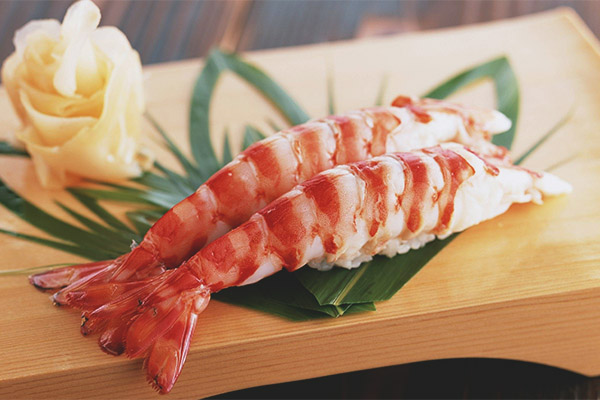
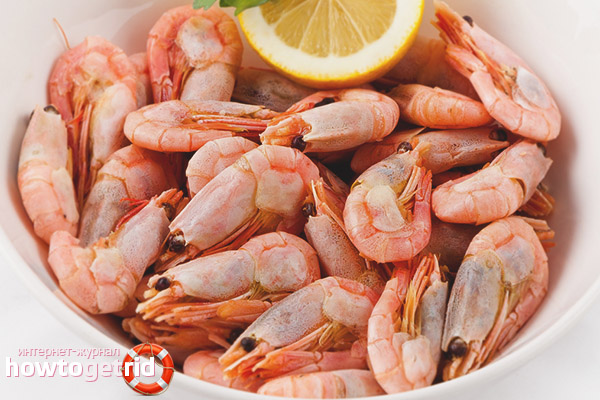
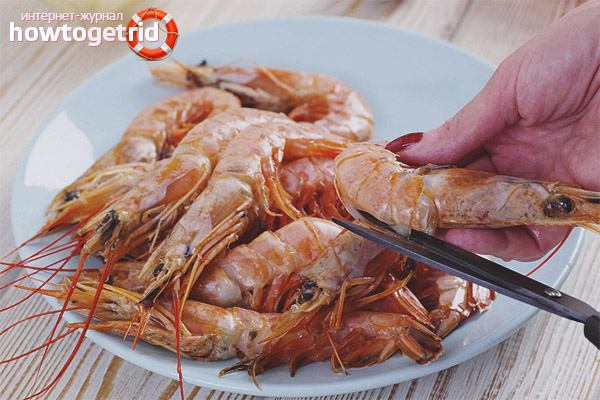

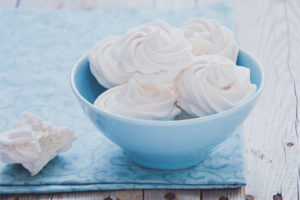
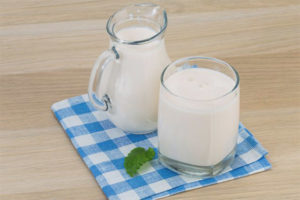

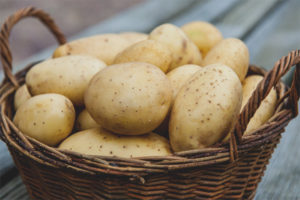
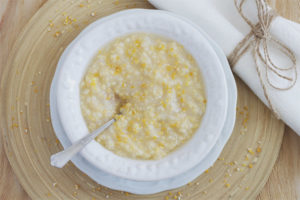
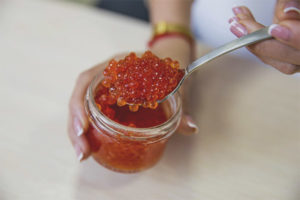
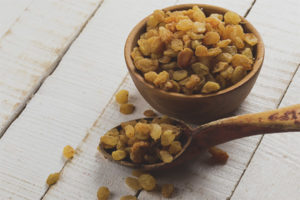
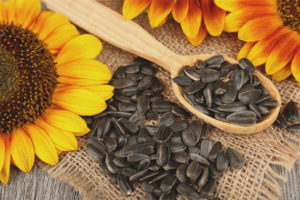
To send